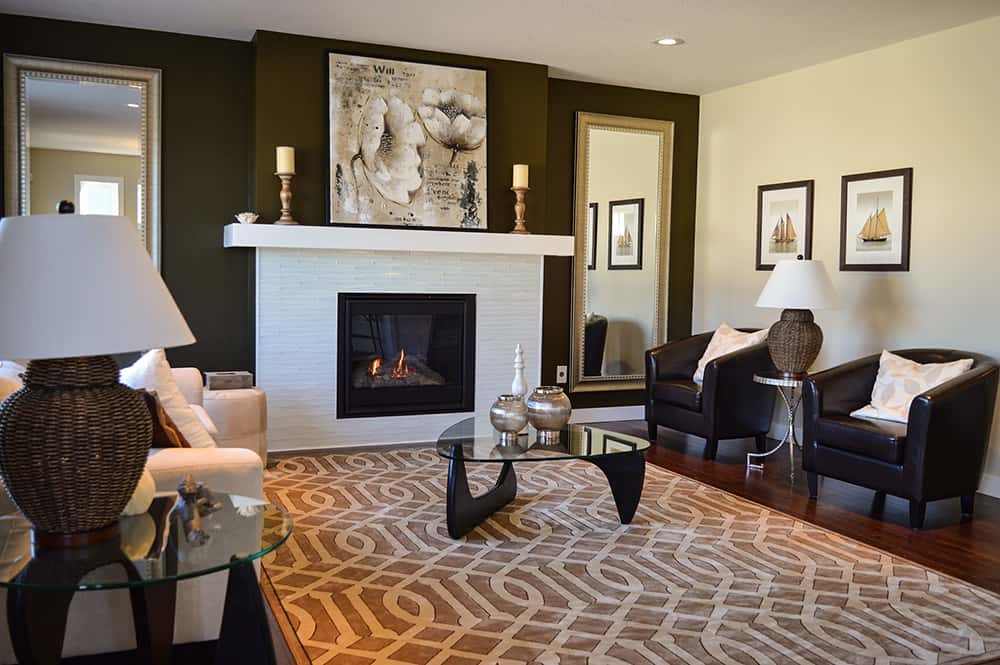We’ve added insulation to our home, but what else can we do to make the house more comfortable this winter?—Emily
There’s more to a comfortable temperature than where the thermostat is set. Radiant heat is an important piece of the comfort puzzle. It transfers heat from a warm surface to a colder one. Even long after the walls warm, a person sitting in a room that’s 70 degrees can still feel chilly if there’s a cold surface nearby, like a single-pane window, a hardwood floor or an exterior wall. Try covering these cold surfaces with area rugs, wall quilts or tapestries, bookcases and heavy curtains to help prevent heat loss.
Keep in mind, radiant heat also can work in your favor. A dark-colored tile floor that receives several hours of direct sun can retain heat during the day and radiate it into the room during the evening.
Take a look at your home’s heating system. Is it distributing heat evenly and efficiently? If your house has a forced-air system with ducts and registers, check to see whether some supply registers are blowing too much warm air and others too little. Ideally, every room should have return air registers. You may need to get help from a certified contractor who knows how to improve ductwork.
Schedule an annual inspection to be sure your furnace is running at peak efficiency. Check your filter monthly and replace or clean it as needed. If you heat your home with radiators, bleed them (release trapped air) at the beginning of the season so they flow more efficiently.
Plug those leaks
On average, a typical home loses about half its air every hour, and that amount can increase when it’s cold and windy outside. In this case, the best way to keep your home toasty is to minimize air leaks. You can easily locate air leaks in your home with a blower door test, which can be done by an energy auditor.
Some common sources of leaks are cracks around windows and doors, plumbing and wiring penetrations, and mail slots and pet doors. Products like caulk, weather stripping, outlet cover gaskets and dryer vent covers can be used to seal these leaks.
PAT KEEGAN and BRAD THIESSEN write on energy efficiency for the National Rural Electric Cooperative Association.

